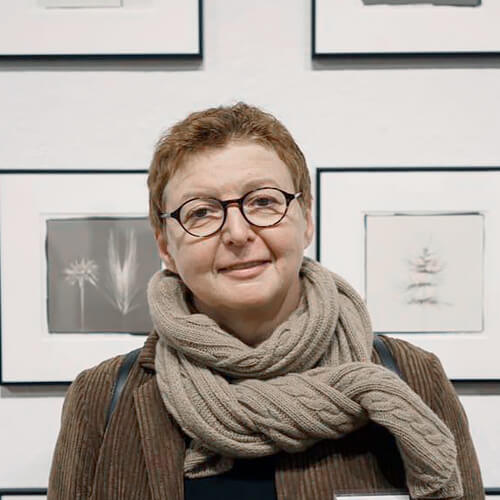Yelena Zhavoronkova is a California based Fine Art Photographer and Graphic Designer. She received a Master's degree in Industrial Design from the Saint Petersburg Art and Industry Academy, USSR, and has worked as a graphic designer for over three decades.
Over the past decade, Yelena has been intensively studying and working in photography, which helps her to express her artistic vision. Yelena's projects are simultaneously very personal and universal in nature, speaking to the viewers on an intimate level that is familiar to all.
Since 2010 her projects were exhibited in de
Young Museum of Arts in San Francisco, San Francisco City Hall,
Corden|Potts Gallery of San Francisco,
Blue Sky Gallery of Portland,
Anzenberger Gallery in Vienna,
Museum Belvédère, Heerenveen, The Netherlands, and many other galleries around the United States and in Europe.
Her works were published in the online edition of
The New Yorker magazine, featured in
Shutterbug magazine and Transformation literary journal, among others. As a part of the Indie Photobook Library Collection Yelena's "Memories in Red" book is included in the Beinecke Rare Book & Manuscript Library at Yale University.
Yelena's Archival Digital, Silver Gelatin and Platinum/Palladium prints are the part of many private collections and institutions in USA and in Europe. Currently she represented by the
Anzenberger Gallery in Vienna, Austria and
Corden|Potts Gallery, San Francisco, CA.
